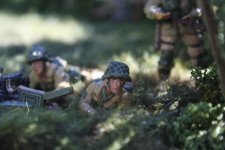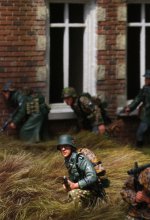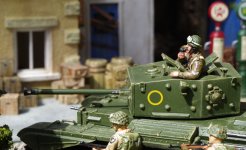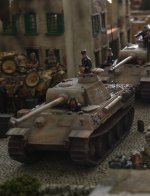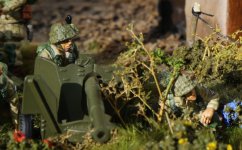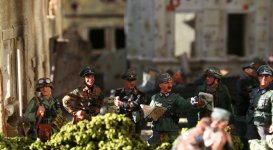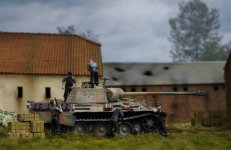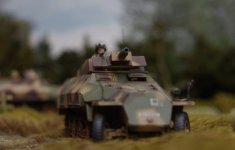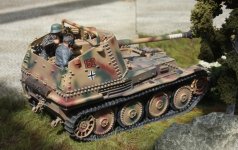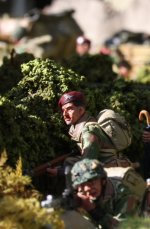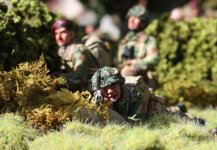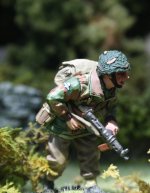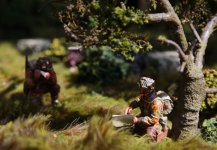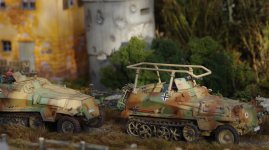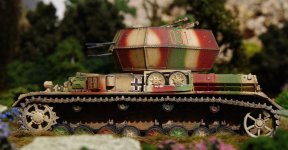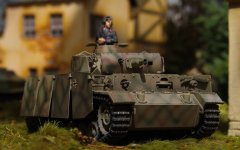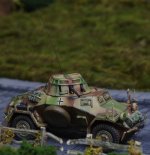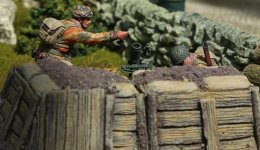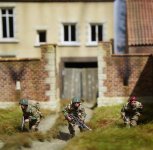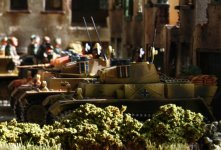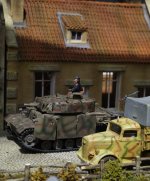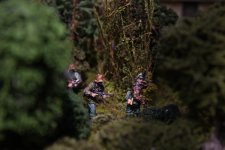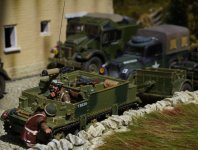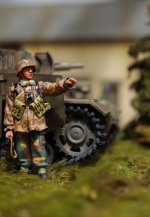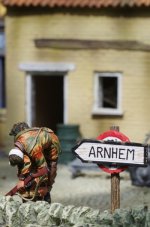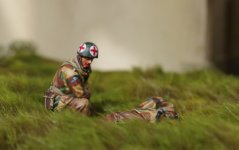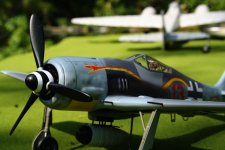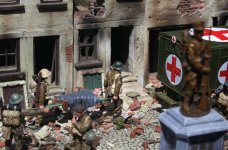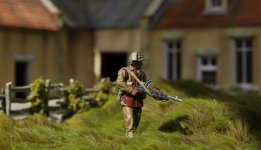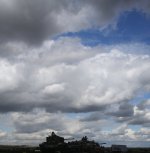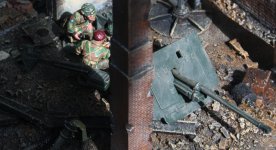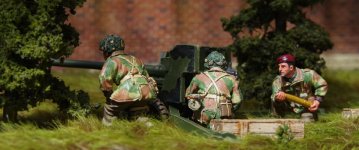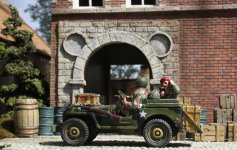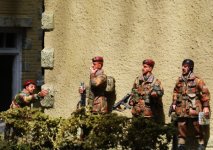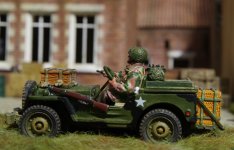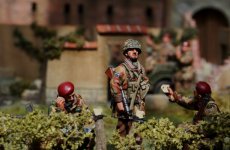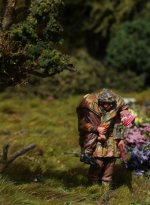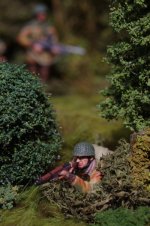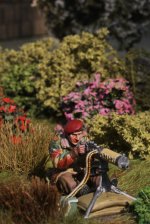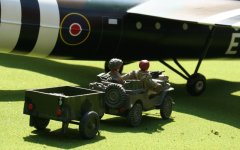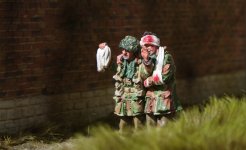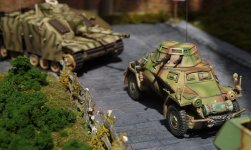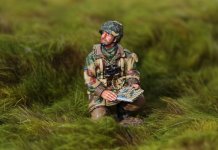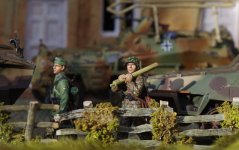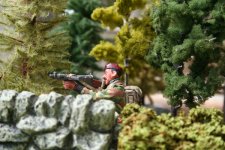Ref: Arnhem - 1944: The Airborne Battle by M. Middlebrook
Hackett suggested cutting his brigade's losses north of the railway in case the Germans counter-attacked and it was decided that the 4th Parachute Brigade would disengage and move to the south of the railway preparatory to mounting a fresh attack into Arnhem from there. There were two main problems: the need to protect the landing zone for the glider landing and the high railway embankment running between the brigade and Oosterbeek which only had two proper crossing points for vehicles and guns.
The first was at Oosterbeek Hoog Station, which at this time was already probably held by the Germans.
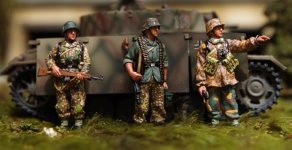
The second was Wolfheze Station, which was abandoned and soon likely to be occupied by the Germans.
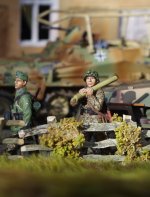
One of those crossings had to be captured. Urquhart said that he would instruct Brigadier Hicks to secure the Oosterbeek Hoog crossing with troops from Oosterbeek, but in fact, Hicks arrived during the discussion and confirmed that he would carry out that task. Hackett's staff prepared the orders for the 10th and 156 Battalions to start their withdrawal.
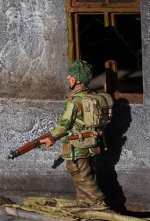
The KOSB would have to remain where they were until the gliders arrived.
Roy Urquhart climbed up the railway embankment and slid down the other side to his jeep. It was only the width of that railway line that separated the 4th Parachute Brigade from the comparative safety of Oosterbeek.
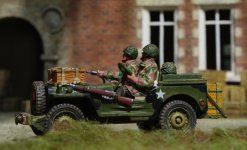
There is evidence that neither of those senior officers realized yet the parlous situation of the whole division, not just the temporary danger to Hackett's brigade.
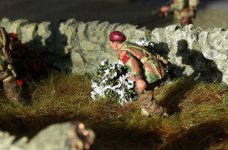
The divisional war diarist made an entry at 1.30 p.m. that,
later, if possible, 4 Para Bde should make contact with 11 Para Bn and occupy high ground NORTH of railway 7178'.7
(Headquarters 1st British Airborne Division War Diary, Airborne Forces Museum, File No. 42).
